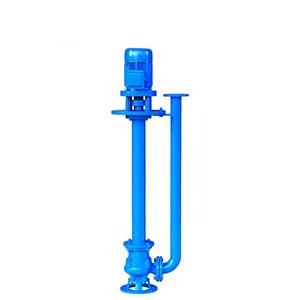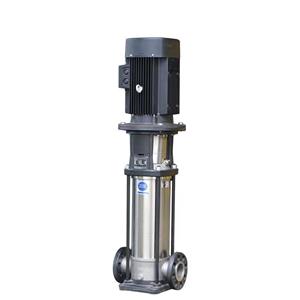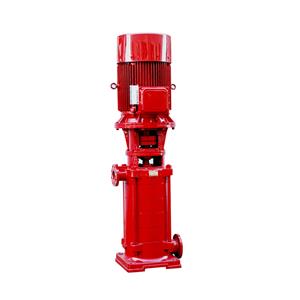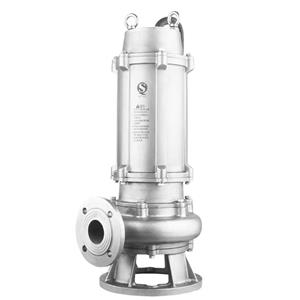The Working Principle of Centrifugal Pumps
Centrifugal pumps are widely used in industries, households, and irrigation systems due to their simplicity, efficiency, and reliability. These devices convert rotational kinetic energy into hydrodynamic energy to move fluids. This article explores the fundamental principles behind their operation.
Core Components of a Centrifugal Pump
Impeller: The heart of the system, this rotating component has curved vanes that impart kinetic energy to the fluid.
Casing (Volute): A spiral-shaped chamber surrounding the impeller that converts velocity head into pressure head.
Shaft and Bearings: Support the impeller's rotation while maintaining alignment.
Sealing Mechanism: Prevents leakage between the shaft and casing (e.g., mechanical seals or packing glands).
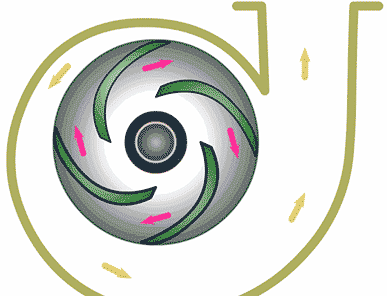
Step-by-Step Operational Process
Fluid Intake:
When the pump starts, the impeller begins spinning rapidly. Fluid enters through the suction inlet, typically located at the center (eye) of the impeller.Centrifugal Force Application:
As the impeller rotates, centrifugal force pushes the fluid outward radially through the vanes. This action creates a low-pressure zone at the pump's inlet, enabling continuous suction.Energy Conversion:
The fluid gains kinetic energy (velocity) as it moves outward. Upon reaching the volute casing, the high-velocity fluid slows down due to the increasing cross-sectional area. This deceleration transforms kinetic energy into pressure energy.Discharge:
Pressurized fluid exits through the outlet port, ready for distribution through pipelines or systems.
Key Working Principles
Bernoulli's Equation: Governs the relationship between pressure, velocity, and elevation during energy conversion.
Conservation of Angular Momentum: Explains how impeller rotation accelerates fluid particles outward.
Centrifugal Force Mechanism: Responsible for displacing the fluid mass radially.
Advantages Over Positive Displacement Pumps
Continuous flow output
Self-priming capability (with proper design)
Lower maintenance requirements
Ability to handle large volumes at moderate pressures
Applications
Centrifugal pumps serve diverse sectors including:
Municipal water supply systems
Chemical processing plants
HVAC circulation
Agricultural irrigation
Petroleum refining
Performance Considerations
Efficiency depends on factors such as:
Impeller design (open vs. closed)
Operational speed (RPM)
Fluid viscosity
System piping configuration
Regular maintenance of seals and bearings is critical to prevent cavitation—a phenomenon where vapor bubbles form due to insufficient inlet pressure, causing internal damage.

